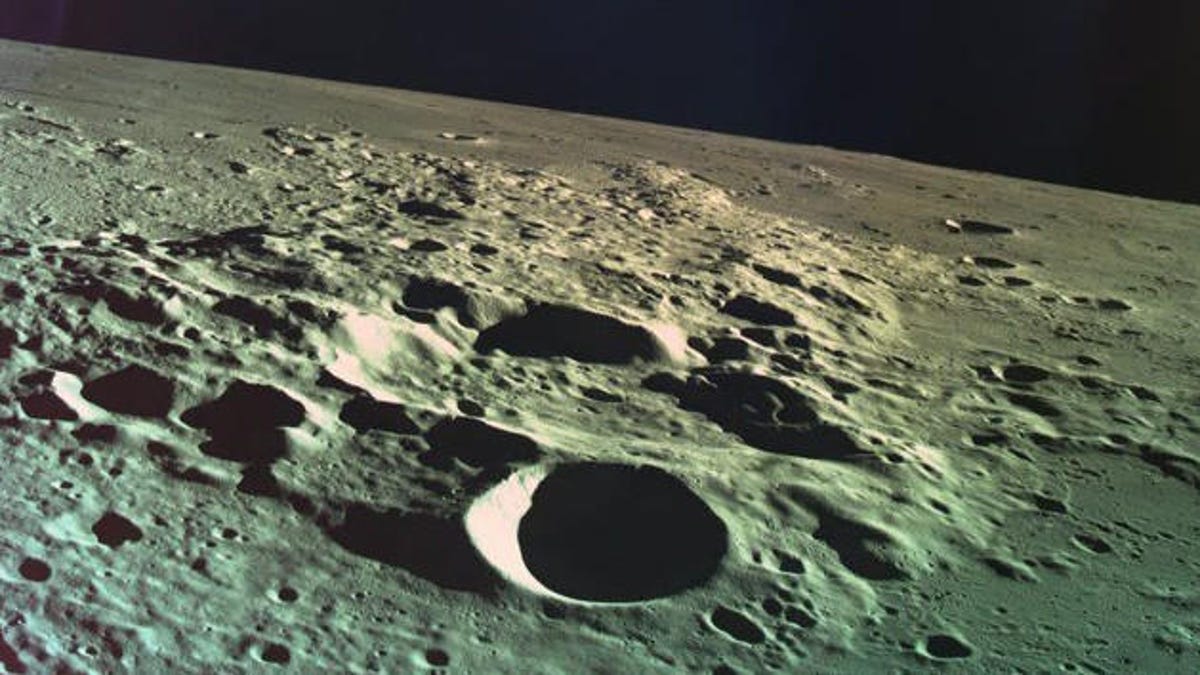Israel's moon dream lives on with second lunar lander Beresheet 2
You can't keep a good moon mission down.
The ambitious Beresheet moon mission was spectacular and heartbreaking. Israeli nonprofit SpaceIL achieved the first moon orbit by a privately funded spacecraft, but a mysterious engine problem dashed its hopes of safely placing the lander on the moon last week. The crash didn't end the dream.
SpaceIL over the weekend announced plans for the Beresheet 2 mission with a statement from Morris Khan, the Israeli entrepreneur who put up millions toward financing the first lander.
The dream goes on! Morris Kahn just announced the launching of Beresheet 2.0 #Beresheet2.0 #IsraeltotheMoon pic.twitter.com/fHlo3jeQ4W
— Israel To The Moon (@TeamSpaceIL) April 13, 2019
Khan cited the worldwide support, encouragement and excitement for the first mission, and said SpaceIL would build a new spacecraft and try again for a moon landing. "We are going to complete the mission," he said.
Beresheet team member Ben Nathaniel took to Reddit for a Q&A, but SpaceIL has not yet finished its evaluation of what went wrong with the lander and its main engine. "We are still investigating what exactly happened," said Nathaniel.
SpaceIL still hopes to be the first private company to land on the moon. Nathaniel wasn't ready to guess as to when the new spacecraft might launch. "It will be a major project that will take major planning, coordination, and, last but not least, financing," he said.
The original Beresheet mission launched on a SpaceX Falcon 9 rocket in February. It carried a time capsule and cameras and planned to study the moon's magnetic field.
Beresheet left us with some haunting imagery, including a glimpse of the moon's cratered surface. Beresheet 2 hopes to do much, much more.
Originally published 11:49 a.m. PT.


